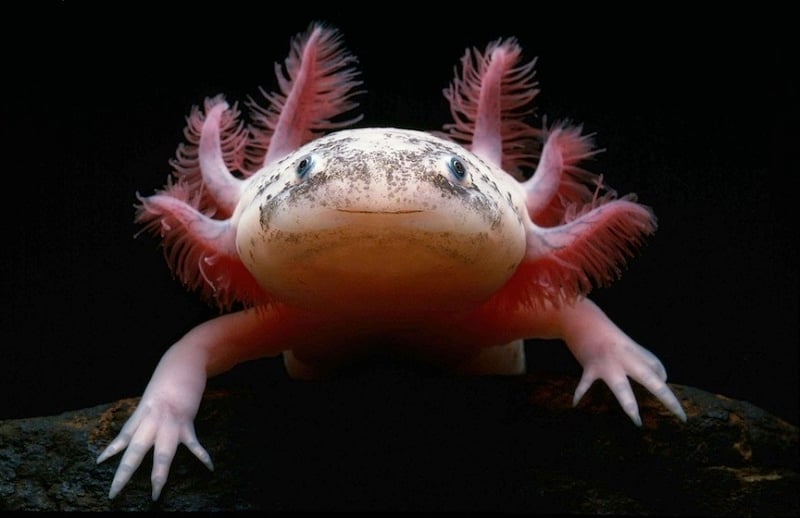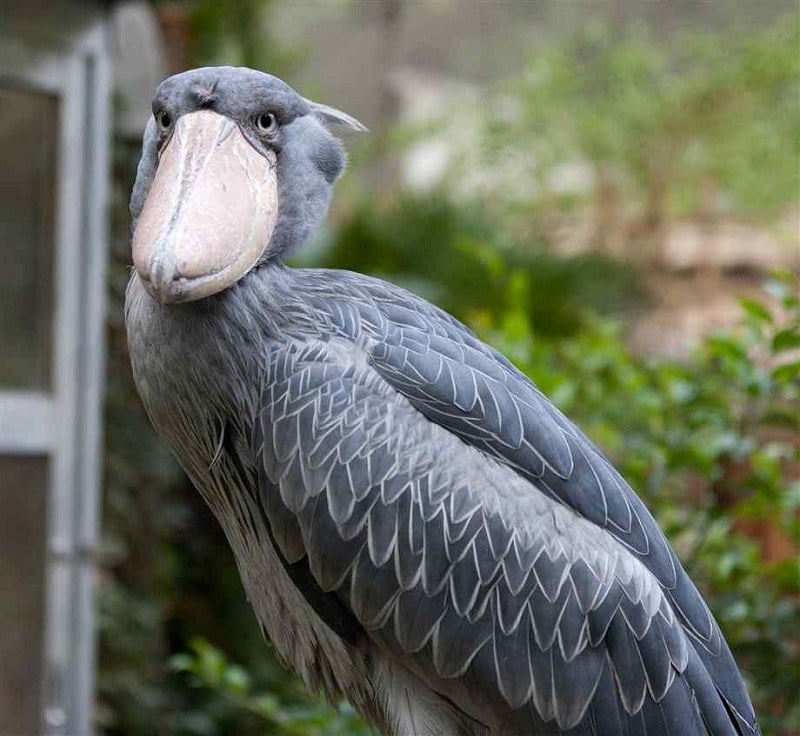When we think of animals, our minds often drift to majestic creatures like lions, graceful dolphins, or adorable pandas. However, the animal kingdom is full of surprises, including some species that might not meet conventional standards of beauty. The topic of "ugliest animals in the world" might seem humorous, but it sheds light on biodiversity and the importance of appreciating all forms of life, regardless of appearance.
While beauty is subjective, certain animals have garnered reputations for being less aesthetically pleasing due to their unique features. These creatures may not win any beauty contests, but they play vital roles in their ecosystems. Understanding the "ugliest animals" helps us appreciate the complexity and diversity of nature.
This article delves into the fascinating world of these misunderstood creatures, exploring their characteristics, habitats, and ecological significance. By the end, you'll have a newfound respect for these animals and their contributions to the balance of life on Earth.
Read also:Deep Hot Links The Ultimate Guide To Understanding And Utilizing Them For Seo Success
Table of Contents
- Biography of Nature's Unconventional Beauties
- Defining "Ugly" in the Animal Kingdom
- Top Ugliest Animals in the World
- Habitat and Distribution
- Dietary Habits
- Reproduction and Lifespan
- Conservation Status
- Ecological Role
- Human Perception and Cultural Significance
- Final Thoughts
Biography of Nature's Unconventional Beauties
Before diving into the specifics, let's take a moment to understand the background of these fascinating creatures. The "ugliest animals in the world" are not just random species; they are products of millions of years of evolution, adapted to survive in their environments.
Biological Characteristics
These animals often possess physical traits that may seem odd or unappealing to humans, such as oversized teeth, saggy skin, or peculiar body shapes. However, these features serve functional purposes in their natural habitats.
Data and Biodata
| Species | Habitat | Diet | Lifespan |
|---|---|---|---|
| Blobfish | Deep-sea waters | Omnivorous | 10-15 years |
| Aye-aye | Tropical rainforests | Insects, nuts | 20 years |
Defining "Ugly" in the Animal Kingdom
The concept of "ugliness" in animals is subjective and often influenced by human perception. What we consider unattractive may be perfectly normal or even attractive in the animal's world.
Factors Influencing Perception
- Physical appearance
- Behavioral traits
- Cultural biases
For instance, the naked mole-rat may seem bizarre to us, but its hairless body is perfectly suited for its underground lifestyle.
Top Ugliest Animals in the World
Let's explore some of the most infamous contenders for the title of "ugliest animals in the world."
Blobfish
The blobfish, often cited as one of the world's ugliest animals, resides in the deep waters off the coast of Australia and Tasmania. Its gelatinous body is an adaptation to the high pressure of its environment.
Read also:Best Hand Tattoos For Guys A Comprehensive Guide To Stylish And Meaningful Designs
Aye-aye
Native to Madagascar, the aye-aye is a lemur species with a distinct appearance, featuring long, bony fingers used for extracting insects from tree bark.
Habitat and Distribution
Each of the "ugliest animals" has a unique habitat that influences its physical traits and survival strategies.
For example, the star-nosed mole, with its bizarre nasal appendages, thrives in wetlands and marshes across North America. Its specialized nose allows it to detect prey with incredible speed.
Dietary Habits
The diet of these animals is closely tied to their physical characteristics. The kakapo, a flightless parrot from New Zealand, feeds on seeds, fruits, and plants, while the shoebill stork hunts fish and amphibians in African wetlands.
Key Dietary Adaptations
- Blobfish: Scavenges on dead organisms
- Aye-aye: Uses its elongated middle finger to extract insect larvae
Reproduction and Lifespan
Reproductive strategies vary widely among these species. The axolotl, a salamander native to Mexico, retains its juvenile features throughout life, a condition known as neoteny.
Lifespan also differs significantly. While the blobfish may live up to 15 years, the giant isopod, a deep-sea crustacean, can survive for several decades.
Conservation Status
Many of the "ugliest animals" face threats to their survival due to habitat destruction, climate change, and human activities. Conservation efforts are crucial to protect these species and maintain biodiversity.
Endangered Species
- Aye-aye: Endangered
- Kakapo: Critically Endangered
Organizations like the World Wildlife Fund (WWF) and local conservation groups are working tirelessly to preserve these unique creatures.
Ecological Role
Despite their unconventional looks, these animals play vital roles in their ecosystems. The blobfish, for instance, contributes to the deep-sea food chain, while the aye-aye helps control insect populations.
Impact on Ecosystems
- Pollination
- Pest control
- Nutrient cycling
Removing any of these species from their environments could have cascading effects on the balance of nature.
Human Perception and Cultural Significance
Human perception of "ugly" animals has evolved over time. While some cultures view these creatures with fear or disdain, others celebrate their uniqueness and ecological importance.
In recent years, social media platforms have highlighted the charm and quirks of these animals, fostering a greater appreciation for their diversity.
Final Thoughts
The world's "ugliest animals" may not conform to human standards of beauty, but they are undeniably fascinating and vital to the health of our planet. By learning about these creatures, we gain a deeper understanding of the intricate web of life that sustains us all.
We invite you to share your thoughts and experiences in the comments section below. Have you encountered any of these animals in the wild? What do you think makes them unique? Don't forget to explore other articles on our site for more insights into the wonders of the natural world.
Remember, every creature has a story, and every story deserves to be told. Let's celebrate the diversity of life, regardless of appearance!


